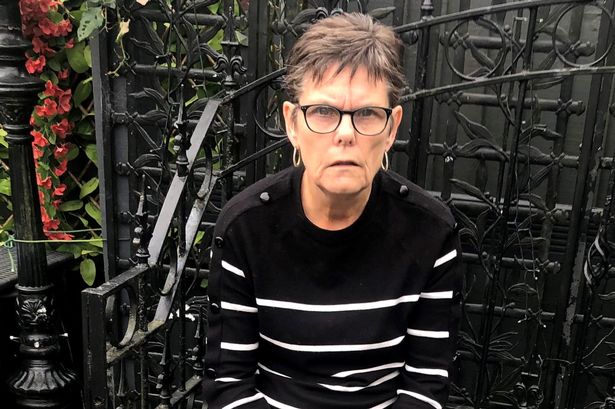Family health physician and public health advocate, Dr. Blossom Maduafokwa, has expressed deep concern over Nigeria’s ongoing struggle with Lassa fever, which was first identified in 1969. Despite more than five decades since its discovery, the country continues to grapple with high fatality rates linked to this viral hemorrhagic fever. In a recent interview on ARISE News, Dr. Maduafokwa highlighted critical factors such as poor sanitation and inadequate public education as major contributors to the persistence of this disease.
Lassa fever is caused by the Lassa virus, which primarily infects rodents, especially the mastomys or multi-mammate rat. These rodents can be identified by multiple teats on their underbellies. The disease spreads when these animals contaminate food or household items with their urine or feces. Individuals can become infected by consuming or inhaling contaminated materials. Symptoms include fever, headache, sore throat, vomiting, diarrhoea, and in severe cases, bleeding from various parts of the body.
Dr. Maduafokwa emphasized that Nigeria has not yet established an effective prevention and control strategy for Lassa fever. “We’ve had 56 years to study this disease and provide solutions,” she noted. She pointed out that addressing environmental sanitation and managing the rodent population are essential steps in combating the disease. Public education is also crucial; she urged citizens to avoid drying food outdoors and to refrain from handling dead rodents. Simple hygiene practices, such as regular handwashing and safe food storage, can significantly reduce the risk of infection.
Healthcare professionals treating patients with Lassa fever are also at risk. Dr. Maduafokwa called for enhanced training and resources for infection control within health facilities. “Healthcare professionals must maintain a high index of suspicion because Lassa fever often presents like malaria,” she advised. She cautioned against self-medication and encouraged individuals experiencing fever and body aches to seek care from qualified health providers. Many may be unaware that primary health centres in Nigeria offer free services, and delays in seeking medical attention can have fatal consequences.
Thunderstorms and Asthma: Another Public Health Concern
In addition to Lassa fever, Dr. Maduafokwa discussed the relationship between thunderstorms and asthma attacks. New studies indicate that environmental triggers can severely impact respiratory health. Asthma, an allergic reaction affecting the lungs, can be exacerbated by allergens such as pollen, dust, or animal hair. Thunderstorms can further complicate the situation, as lightning and strong winds break down pollen into tiny particles that disperse widely in the air. This can lead to severe asthma attacks for those who inhale these allergens.
Dr. Maduafokwa also emphasized the importance of lifestyle choices in promoting long-term health. She noted that as individuals age, their basal metabolic rate declines, yet many continue to consume the same quantity of food. To maintain a healthy weight, she recommends adjusting portion sizes to align with age and activity levels. “I tell my clients to focus on three things: quantity, quality, and food preparation,” she explained.
Advising a diet rich in colourful fruits and vegetables, Dr. Maduafokwa suggested reducing processed carbohydrates and opting for healthier cooking methods. For example, boiling, baking, grilling, or air frying can help lower calorie intake compared to frying.
In conclusion, Dr. Maduafokwa urged Nigerians to cultivate a healthier relationship with food, guided by personal motivations and long-term health goals. “Find your why — your reason to stay healthy,” she said. Whether influenced by family history or personal experiences, having a clear motivation can encourage better dietary choices and an active lifestyle.
As Nigeria continues to face significant public health challenges, addressing diseases like Lassa fever and promoting awareness of environmental health risks remain crucial for improving the nation’s overall health landscape.







